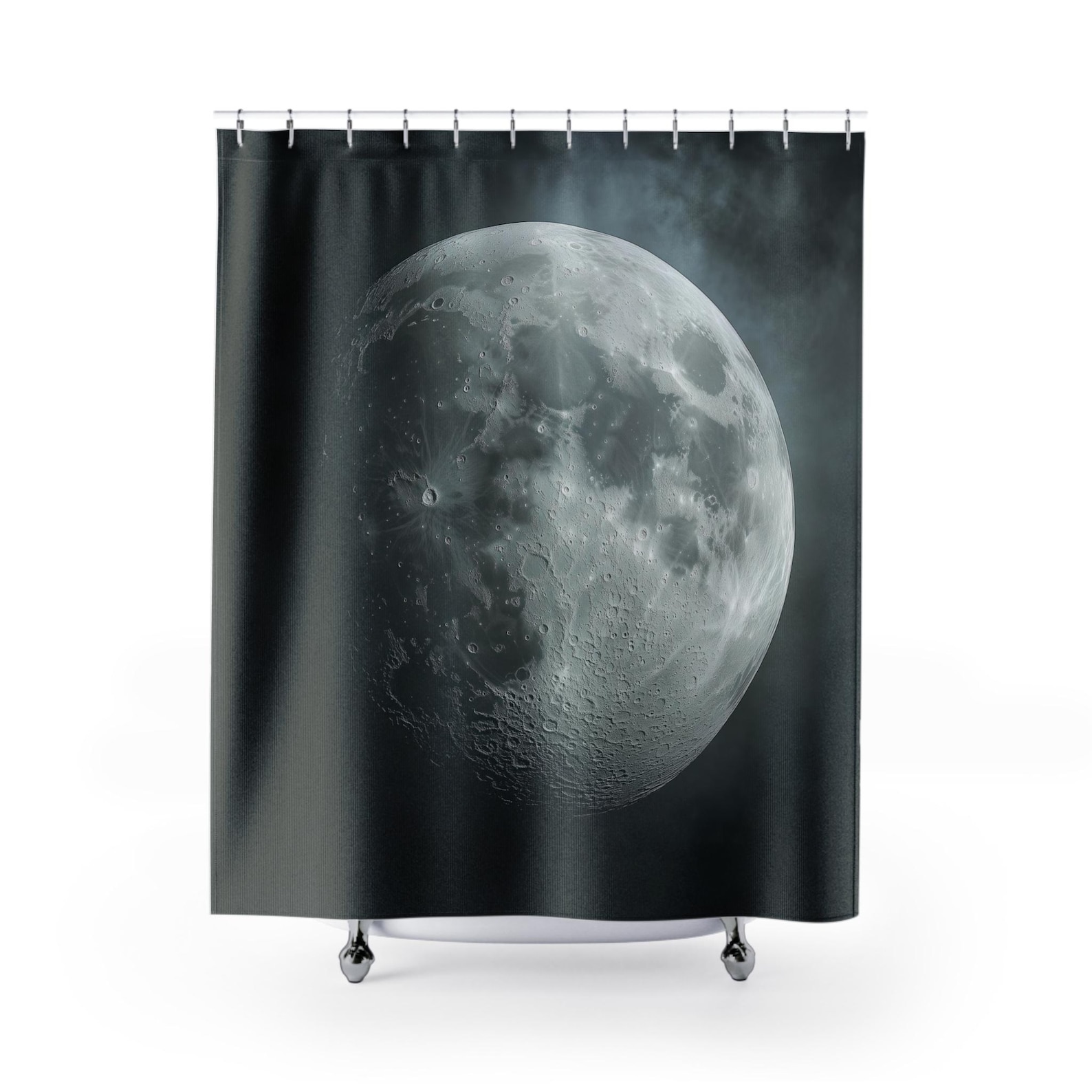Growing and handling microgreens safely to minimize contamination risks
Discover the best practices for growing and handling these nutrient-packed greens safely. From selecting the right seeds to proper harvesting techniques, learn how to minimize contamination risks and enjoy the freshest, healthiest microgreens possible.

Microgreen Safety 101: Minimize contamination risks from seed to harvest
Given the potential for contamination, it's crucial to adhere to safe practices when growing and handling microgreens:
Growing microgreens:
- Start with Quality: Use high-quality, certified organic seeds from reputable sources to minimize the risk of introducing pathogens.
- Cleanliness is Key: Sterilize all trays, tools, and surfaces that will come into contact with your microgreens before and after each use.
- Proper Growing Medium: Opt for sterile soil or soilless growing mediums like coco coir or peat moss to reduce the chances of contamination. Avoid reusing soil.
- Watering Wisely: Water from the bottom, avoiding overhead watering, to prevent moisture buildup on the leaves, which can encourage bacterial growth.
- Ventilation: Ensure adequate airflow around your microgreens to discourage the growth of mold and mildew.
- Monitor Closely: Inspect your microgreens regularly for any signs of disease, pests, or discoloration, and promptly remove any affected plants.
Growing tips for minimizing contamination:
To ensure your microgreens are safe and healthy, follow these best practices during the growing process:
- Soaking Seeds: Soaking seeds for a few hours before planting can help remove potential surface contaminants. While soaking can help remove contaminants, it's essential to use clean water and avoid soaking for too long, as this can promote premature germination or even damage the seeds.
- Water Quality: Use filtered or purified water for both soaking and watering to minimize introducing contaminants.
- Seed Density: Don't overcrowd your seeds. Proper spacing allows for better airflow and reduces the risk of fungal growth.
- Temperature Control: Maintain a cooler growing environment, ideally between 60-70°F (15-21°C), to discourage bacterial growth.
- Light Exposure: Ensure adequate light, but avoid intense direct sunlight, which can scorch delicate microgreens.
- Harvest Timing: Harvest microgreens promptly when they reach the desired size to prevent them from becoming overly mature and susceptible to contamination.
- Pest Control: Use preventative measures against pests, such as sticky traps or introducing beneficial insects.
- Hygiene: Washing your hands thoroughly before and after handling microgreens also deters contamination.
Ways to disinfect
A solution of hydrogen peroxide is an effective and safe method to disinfect microgreens growing trays and equipment. Hydrogen peroxide works by releasing oxygen, which effectively kills bacteria, viruses, and fungi. A common dilution is to use a 3% hydrogen peroxide solution (which is often sold for household use) directly or to dilute a higher concentration to this level.
How to use hydrogen peroxide:
- Prepare the Solution: If you have a higher concentration of hydrogen peroxide, dilute it to 3% by mixing one part of hydrogen peroxide with two parts of water.
- Apply the Solution: Spray the trays and equipment thoroughly with the hydrogen peroxide solution.
- Allow to Sit: Let it sit for a few minutes to ensure all pathogens are killed.
- Rinse: Rinse the trays and equipment with clean water and allow them to dry completely before reuse.
Other methods to disinfect microgreens growing trays and equipment:
1. Bleach Solution:
- Prepare the Solution: Mix one part of household bleach (5.25% sodium hypochlorite) with nine parts of water to create a 10% bleach solution.
- Apply the Solution: Submerge or thoroughly spray the trays and equipment.
- Allow to Sit: Let it sit for 10-15 minutes.
- Rinse: Rinse thoroughly with clean water to remove any bleach residue and allow them to dry completely.
2. White Vinegar:
- Prepare the Solution: Use undiluted white vinegar or mix one part vinegar with one part water, as other types may have undesirable effects.
- Apply the Solution: Spray or wipe down the trays and equipment with the vinegar solution.
- Allow to Sit: Let it sit for a few minutes.
- Rinse: Rinse with clean water and allow to dry.
3. Alcohol:
- Prepare the Solution: Use isopropyl alcohol (70% concentration) undiluted.
- Apply the Solution: Spray or wipe down the trays and equipment.
- Allow to Sit: Let it sit for a few minutes.
- Rinse: This step is optional as alcohol evaporates, but you can rinse with clean water if desired.
4. Heat:
- Boiling Water: Submerge the trays and equipment in boiling water for a few minutes.
- Steam: Use a steam cleaner to disinfect the trays and equipment.
5. Commercial Disinfectants:
- Food-Safe Disinfectants: There are commercial food-safe disinfectants specifically designed for growing environments. Follow the manufacturer’s instructions for use.
6. Sunlight:
- UV Light: If feasible, expose the trays and equipment to direct sunlight for several hours. UV light from the sun can help kill bacteria and other pathogens. This method is primarily effective for surface disinfection and may not penetrate deeply into soil or other materials.
Handling and consuming microgreens:
- Harvest Carefully: Use clean scissors or shears to cut the microgreens just above the soil line.
- Don't Wash: Contrary to intuition, it's generally recommended not to wash microgreens, as this can damage the delicate leaves and increase the risk of contamination.
- Store Properly: Store microgreens in the refrigerator in a breathable container, ideally lined with a paper towel to absorb excess moisture. Consume them within a few days of harvest.
- Buy Wisely: If you're not growing your own, purchase microgreens from trusted sources that adhere to safe growing practices.
By following these guidelines, you can significantly reduce the risk of contamination and enjoy the health benefits of microgreens without worry.
Handling tips for safe consumption:
After harvesting, proper handling is crucial to maintain the safety and quality of your microgreens:
- Separate Tools: Use dedicated tools for harvesting and handling microgreens to avoid cross-contamination with other foods.
- Avoid Bruising: Handle microgreens gently to avoid bruising or damaging the leaves, which can create entry points for bacteria.
- Quick Chilling: If you're not consuming them immediately, chill harvested microgreens quickly to slow down any potential bacterial growth.
Additional advice:
- Research: Learn about the specific growing requirements and potential risks associated with the types of microgreens you choose to grow.
- Stay Informed: Keep up-to-date with the latest food safety guidelines and recommendations for growing and handling microgreens.
- When in Doubt, Throw It Out: If you notice any signs of spoilage or contamination, discard the microgreens immediately.
Remember, taking these extra precautions can go a long way in ensuring the safety and enjoyment of your homegrown microgreens.
Disclaimer: The information provided in this post is for general informational purposes only and is not intended as professional advice. While we strive to ensure the accuracy and reliability of the information, we make no representations or warranties of any kind, express or implied, about the completeness, accuracy, reliability, suitability, or availability with respect to the information contained herein. Any reliance you place on such information is therefore strictly at your own risk. Always follow safety guidelines and consult the product labels or manufacturers’ instructions when using your equipment and supplies. For specific concerns or detailed advice, consult a professional in the field.












